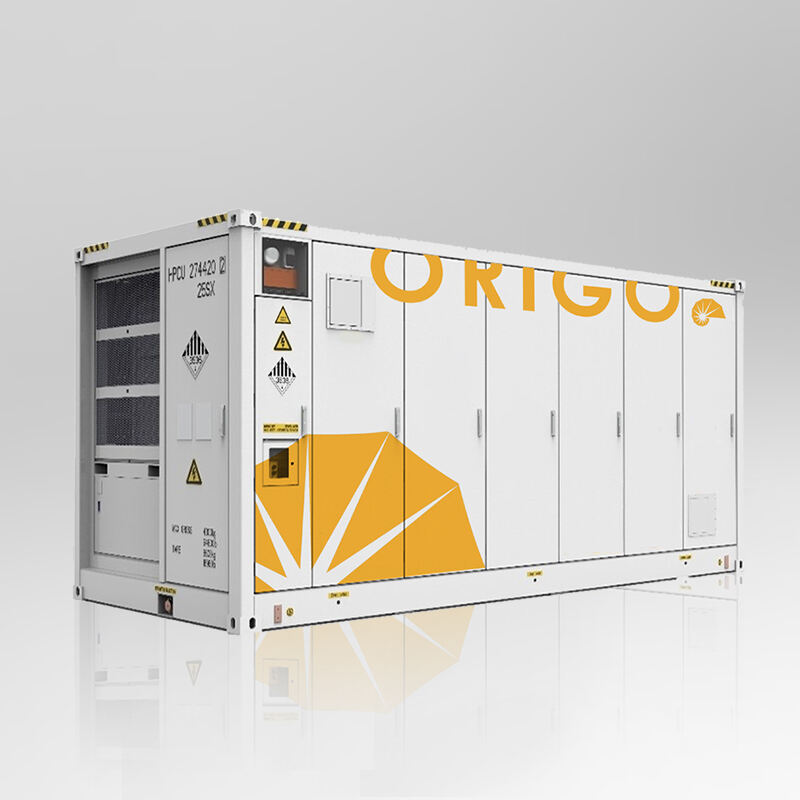The Need for Energy Efficient Technologies for Modern Workplaces
Within the spectrum of commercial real estate, including shopping malls, office towers, and manufacturing facilities, the integration of energy efficient work practices technologies has expanded from the optional within implementation, to a core competitive differentiator. Due to fluctuating energy prices and the increasing costs associated to regulations and compliance, commercial operators convert, within their strategic planning, to energy pruning tools. Expectedly so, to energy technologies that optimize the value of energy consumed. Technologies that address the ineffective commercial space energy flow, demand symmetry to diffuse operational resilience.
1.The Specific Energy Challenges of Commercial Spaces
The specifics within the energy challenges that commercial spaces incur, and generic solutions fail to address, are the unnecessary operational costs and the resultant negative impact to efficiency. To the operational effectiveness of energy pruning tools, in this case, energy disposal.
Peak demand pricing: Price discrimination within the energy market can result in pre-set energy budgets, routine energy activities, and flow to become a significant operational drain.
The lost productivity and reputational impact of power cuts: The operational suspension of critical architecture, power cuts, can directly and indirectly cost millions and result in lost consumer trust.
Intermittency of renewable energy: Integrating more rooftop solar and other renewables in commercial residences creates volatility as energy generation is dependent on changes in weather and not in real time demand.
Energy storage cabinets function as flexible energy buffers and alleviate these problems. They store energy during periods of low demand or high renewable generation and release energy during peak demand or when the power supply goes in and out. This greatly reduces costs and helps maintain continuity of operations.
2. 16 Years of Expertise: How Origotek’s Energy Storage Cabinets Drive Efficiency
Achieving maximized efficiency in commercial space with energy storage cabinets is based on product maturity and technical flexibility, which is exactly what The Origotek Co., Ltd. has built on during its 16 years of experience in the commercial and industrial energy storage market.
Four generations of product iteration: Origotek’s storage solutions have experienced four major revisions which responds to the dynamic needs of commercial clientele, ensuring compatibility across diverse scenarios ranging from small office buildings to large manufacturing plants.
Tailored holistic energy solutions: Origotek energy storage cabinets are not simply added on to integrated energy storage products as they are created to align with customized energy solutions. They are specifically designed to optimize peak shaving to circumvent peak shaving fees, support virtual power plant (VPP) collaborations for grid integration, and provide instant backup power for life-sustaining equipment.
Directly addressed commercial obstacles: Origotek energy storage cabinets address specific commercial obstacles, such as three-phase unbalance in large malls and other large commercial centers. By controlling and regulating energy distribution, energy loss and system efficiency are substantially improved.
3. Safety as a Non-Negotiable: A Foundation for Long-Term Efficiency
For commercial operators, efficiency means little without safety—especially in high-density spaces where equipment failure can lead to catastrophic consequences. Origotek energy storage cabinets Safety as a key differentiator for commercial continuity.
Consistent operational reliability: The engineering of Origotek energy cabinets ensures there are no overlooked risks of overheating, short-circuits, and other operational failures ultimately hinges on the guaranteed commercial and data center performance.
Added value to business: Safe, efficient energy storage not only cuts costs but also enhances a business’s sustainability credentials. This aligns with Origotek’s mission to provide valuable renewable energy products and advance humanity’s dream of energy freedom.
4. Conclusion: Energy Storage Cabinets as a Core Tool for Long-Term Sustainability
Considering the recent modernization of national and European energy policies, and the current energy crisis, it's unquestionable the importance of Energy Storage cabinets has skyrocketed. After 16 years of continuous product development and refinement, dedication to custom, and safety, customers all over the world commercialize with confidence to Origotek.
As the commercial operators sustain their operations and control costs, the right energy storage cabinets customized to their operational needs, legally circumvent rising energy prices, comply to regulations, and attain exponential growth in a sustainable manner. Consequently, as the world continues to shift towards renewable energy, the impact that state-of-the-art energy storage cabinets will have on operational and commercial efficacy will become even more pronounced.
Table of Contents
- The Need for Energy Efficient Technologies for Modern Workplaces
- 1.The Specific Energy Challenges of Commercial Spaces
- 2. 16 Years of Expertise: How Origotek’s Energy Storage Cabinets Drive Efficiency
- 3. Safety as a Non-Negotiable: A Foundation for Long-Term Efficiency
- 4. Conclusion: Energy Storage Cabinets as a Core Tool for Long-Term Sustainability


